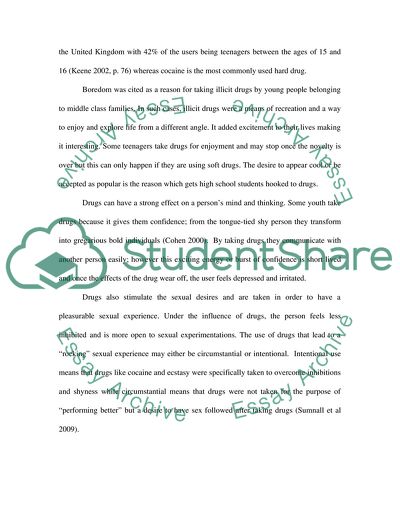Cite this document
(“Considering Why Young People Begin Using Illicit Substances and How to Assignment”, n.d.)
Considering Why Young People Begin Using Illicit Substances and How to Assignment. Retrieved from https://studentshare.org/social-science/1765728-criminology-drugs
Considering Why Young People Begin Using Illicit Substances and How to Assignment. Retrieved from https://studentshare.org/social-science/1765728-criminology-drugs
(Considering Why Young People Begin Using Illicit Substances and How to Assignment)
Considering Why Young People Begin Using Illicit Substances and How to Assignment. https://studentshare.org/social-science/1765728-criminology-drugs.
Considering Why Young People Begin Using Illicit Substances and How to Assignment. https://studentshare.org/social-science/1765728-criminology-drugs.
“Considering Why Young People Begin Using Illicit Substances and How to Assignment”, n.d. https://studentshare.org/social-science/1765728-criminology-drugs.


